Carbocaine (Mepivacaine)hydrochloride Powder
$1,500 Original price was: $1,500.$1,250Current price is: $1,250.
1Kg
Carbocaine (Mepivacaine)hydrochloride Powder for sale.Mepivacaine /mɛˈpɪvəkeɪn/ is a local anesthetic[1] of the amide type. Mepivacaine has a reasonably rapid onset (less rapid than that of procaine) and medium duration of action (longer than that of procaine)[2][3] and is marketed under various trade names including Carbocaine and Polocaine.
this drug became available in the United States in the 1960s.
Mepivacaine is use in any infiltration and local anesthesia.
It is supplied as the hydrochloride salt of the racemate,[4] which consists of R(-)-mepivacaine and S(+)-mepivacaine in equal proportions. These two enantiomers have markedly different pharmacokinetic properties.[4]
Mepivacaine was originally synthesize in Sweden at the laboratory of Bofors Nobelkrut in 1956.[5]
What Is Carbocaine?
Carbocaine (mepivacaine) is an anesthetic (numbing medicine) used as a local
(in one area) anesthetic for an epidural or spinal block. Carbocaine is available in generic form.
What Is Carbocaine?
Carbocaine (mepivacaine) is an anesthetic (numbing medicine) used as
a local (in one area) anesthetic for an epidural or spinal block. Carbocaine is available in generic form.
Get medical help right away, if you have any of the symptoms listed above.
Seek medical care or call 911 at once if you have the following serious side effects:
- Serious eye symptoms such as sudden vision loss, blurred vision, tunnel vision, eye pain or swelling, or seeing halos around lights;
- Serious heart symptoms such as fast, irregular, or pounding heartbeats; fluttering in your chest; shortness of breath; and sudden dizziness, lightheartedness, or passing out;
- Severe headache, confusion, slurred speech, arm or leg weakness, trouble walking, loss of coordination, feeling unsteady, very stiff muscles, high fever, profuse sweating, or tremors.
This document does not contain all possible side effects and others may occur. Check with your physician for additional information about side effects.
Dosage for Carbocaine
The dose of Carbocaine varies with the anesthetic procedure, the area to be anesthetize, the vascularity of the tissues, the number of neuronal segments to be block, the depth of anesthesia and degree of muscle relaxation require, the duration of anesthesia desired, individual tolerance and the physical condition of the patient. The smallest dose and concentration required to produce the desire result should be administer.
Be the first to review “Carbocaine (Mepivacaine)hydrochloride Powder” Cancel reply
Related products
Buy Cocaine Online
RESEARCH CHEMICALS
CATHINONE
RESEARCH CHEMICALS
RESEARCH CHEMICALS
RESEARCH CHEMICALS
RESEARCH CHEMICALS
RESEARCH CHEMICALS

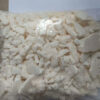


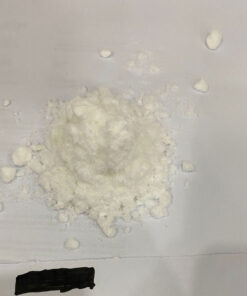

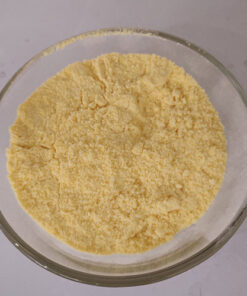

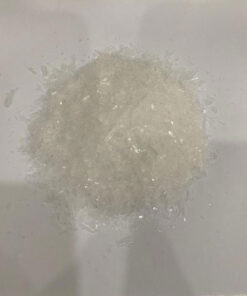
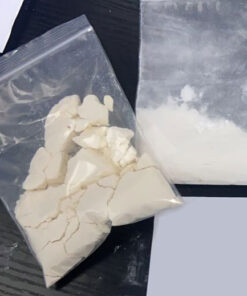





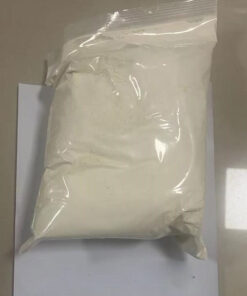
Reviews
There are no reviews yet.